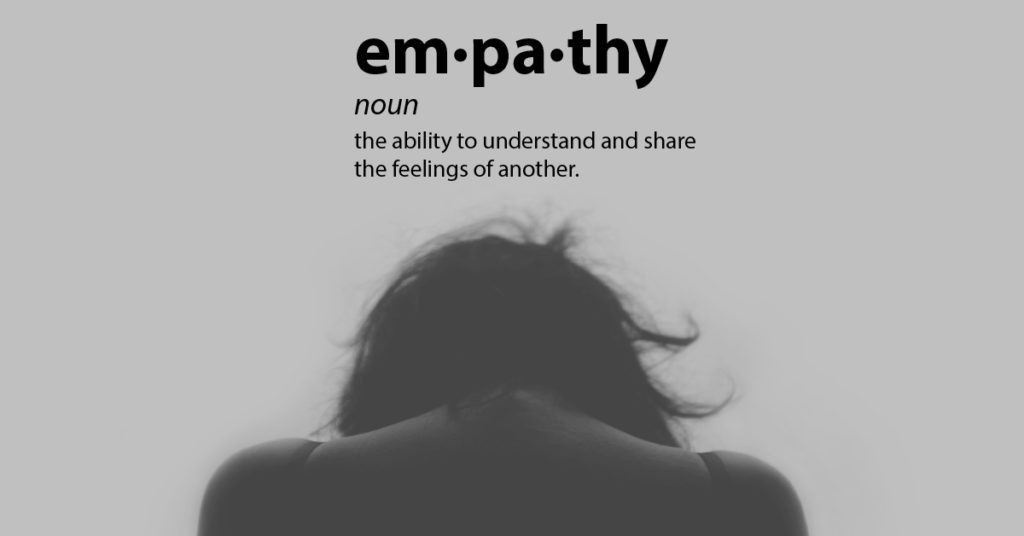
A couple of weeks ago, we shared the four traits that Daniel Goleman found are essential to emotional intelligence. Each week since then, we’ve been coaching you on how to translate the ideas of emotional intelligence into actual behaviors and practices.
Many people have told us that Goleman’s four traits make sense and are important but then they get stuck trying to figure out what they actually need to do to succeed. So to help you move from theory to practice, today we are going to talk about Goleman’s third trait of emotional intelligence—empathy.
3. Empathy
- Cognitive and emotional empathy: Because you understand other perspectives, you can put things in ways colleagues comprehend. And you welcome their questions, just to be sure. Cognitive empathy, along with reading another person’s feelings accurately, makes for effective communication.
- Good listening: You pay full attention to the other person and take time to understand what they are saying, without talking over them or hijacking the agenda.
Cognitive and emotional empathy: This is where the rubber meets the road—the first two traits are about YOU and this trait is really about the other person.
Being able to understand what is going on for someone else is a huge indicator of emotional intelligence. You may have never experienced what they are experiencing but you are able to put yourself in their shoes and acknowledge their feelings. You don’t have to agree with their feelings, but it’s critical (to empathy) that you try to understand them.
In our leadership model, we teach key questions in three areas to help you guess what might be going on in the people you are interacting with:
- What are they afraid of in this situation? What would help them feel safe?
- What are the hurdles or obstacles they face in their systems? What would help them feel influential?
- What is happening to their spirit? What would bring them a sense of meaning and purpose?
A quick guess on these three questions can really help you understand what is happening inside the people you are interacting with.
Good listening: Of talking and listening, listening is the more important part of communication, and yet, few people understand the skills and nuance required to be a good listener.
Just because you are quiet while the other person is speaking does not mean that you are listening to them. Listening is an ACTIVE process that consists of verbal and non-verbal messages given to the speaker as part of the conversation. It fosters the “give and take,” which helps to keep the conversation alive.
Three key elements of good listening are:
- Pay Attention — Put away distractions, look the other person in the eye, watch their body language, listen for what is being said and what is not being said, and don’t get caught thinking about your reply.
- Withhold Judgment — Don’t stew over whether or not you agree with their words, listen to the whole of what they are saying and hold back any judgments you may be making so that you can keep an open mind.
- Reflect — Repeat what you heard them say and use their words to see if you are understanding their meaning and intention.
This week, spend some time working on increasing your empathy with the people you encounter. It will change your understanding of their experience, help you relate in ways that build connection, and build your credibility as a leader.

